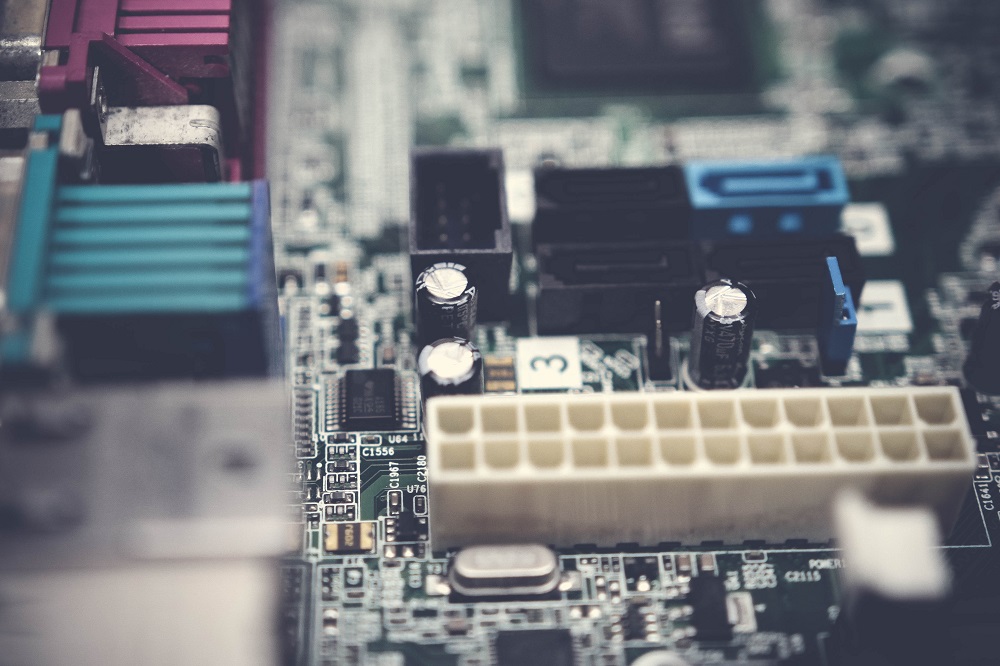- All
- Product Name
- Product Keyword
- Product Model
- Product Summary
- Product Description
- Multi Field Search
Views: 84 Author: Site Editor Publish Time: 2023-04-18 Origin: Site
Terminal blocks are commonly used in electrical systems to connect multiple wires to a single point. They come in various types, including barrier terminal blocks, screw terminal blocks, and spring terminal blocks. In this comparative analysis, we will explore the differences between barrier terminal blocks and other types of terminal blocks.
Barrier terminal blocks have a strip of metal or plastic that separates the terminals, preventing the wires from coming into contact with each other. The wires are inserted into the terminal block and are held in place by screws or clamps. The barrier design provides a secure and reliable connection that is resistant to vibration and shock.
Advantages of Barrier Terminal Blocks:
They are easy to install and remove.
The barrier design prevents short circuits.
They can accommodate different wire sizes and types.
They can be customized for specific applications.
They are suitable for high-density wiring applications.
Disadvantages of Barrier Terminal Blocks:
They may require additional space to install.
They may be more expensive than other types of terminal blocks.

Screw terminal blocks have a screw that is used to secure the wire to the terminal. The screw is tightened onto the wire, which creates a secure connection. Screw terminal blocks are commonly used in applications where a secure connection is required, such as in industrial or automotive settings.
Advantages of Screw Terminal Blocks:
They are easy to use and require no special tools.
They can accommodate different wire sizes and types.
They are resistant to vibration and shock.
Disadvantages of Screw Terminal Blocks:
They may require regular maintenance to ensure that the screws are tightened.
They may be more prone to corrosion and other types of damage.
Spring terminal blocks use a spring mechanism to hold the wire in place. The spring is compressed when the wire is inserted into the terminal block, creating a secure connection. Spring terminal blocks are commonly used in applications where the wires need to be frequently changed or replaced, such as in prototyping or testing.
Advantages of Spring Terminal Blocks:
They are easy to use and require no special tools.
They can accommodate different wire sizes and types.
They can be quickly and easily replaced.
Disadvantages of Spring Terminal Blocks:
They may be less secure than other types of terminal blocks.
They may be more prone to wear and tear.
In conclusion, each type of terminal block has its own advantages and disadvantages. Barrier terminal blocks provide a secure and reliable connection that is resistant to vibration and shock, making them ideal for high-density wiring applications. Screw terminal blocks are easy to use and require no special tools, making them ideal for industrial and automotive settings. Spring terminal blocks are easy to replace and are ideal for prototyping and testing applications. Ultimately, the choice of terminal block will depend on the specific requirements of the application.
A terminal block is a compact, insulated base with metal contacts that lets you clamp, join, and distribute conductors without soldering. If you’ve ever routed power to a drive, brought sensor leads into a controller, or handed off field wiring to a PCB, you’ve used one. Understanding what is a term
As a Engineer ,It is very important to choose globally recognized premium terminal blocks .these manufacturersas below: Phoenix Contact, WAGO, Weidmüller, Eaton, Molex, Amphenol, Harting, and Shanye Electronics (subsidiary of Kefa Electronics). These industry leaders collectively dominate the $4.6
This article covers the technical features of spring-loaded and push-in terminals, and both the advantages and disadvantages of these technologies when it comes to installation practices, commissioning, footprint and authorisation for the North American market. Why do we need spring terminal block ?
Wiring a terminal block correctly is a fundamental skill in electrical work, ensuring safe and reliable connections. This article will help you to understand the essential steps, from preparing your wires to securing them properly within various terminal block types.ContentWhat are Terminal Blocks?R
What is terminal block ?terminal block, also known as a connection terminal, is a modular block used in electrical and electronics systems to connect and secure electrical wires or cables. It serves as a convenient and organized way to make electrical connections, whether for power distribution, sig
Terminal electronics is the key point at which a conductor from a electronic component, device or network comes to an end.Terminal may also refer to an electrical connector at this endpoint, acting as the reusable interface to a conductor and creating a point where external circuits can be connected